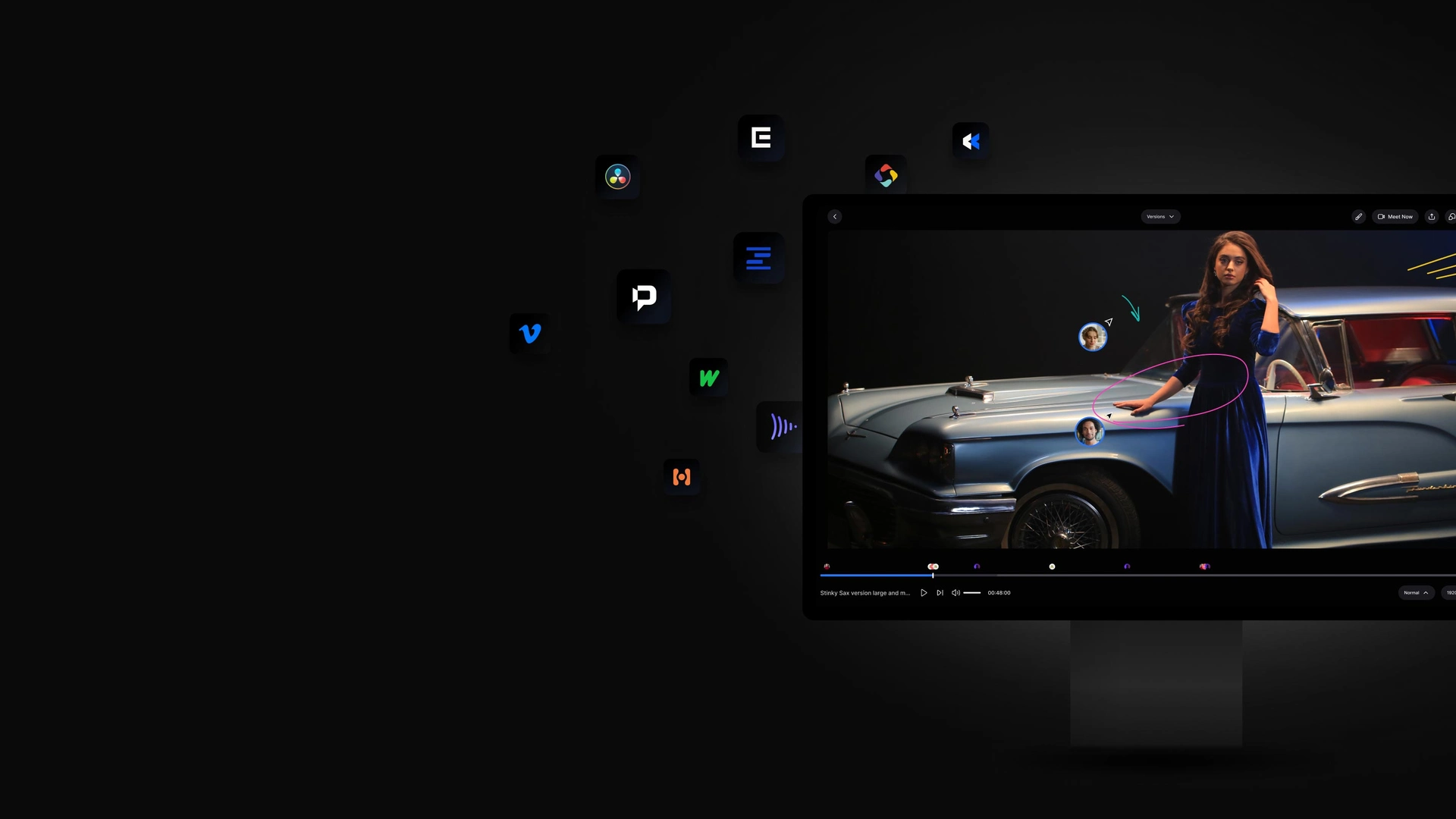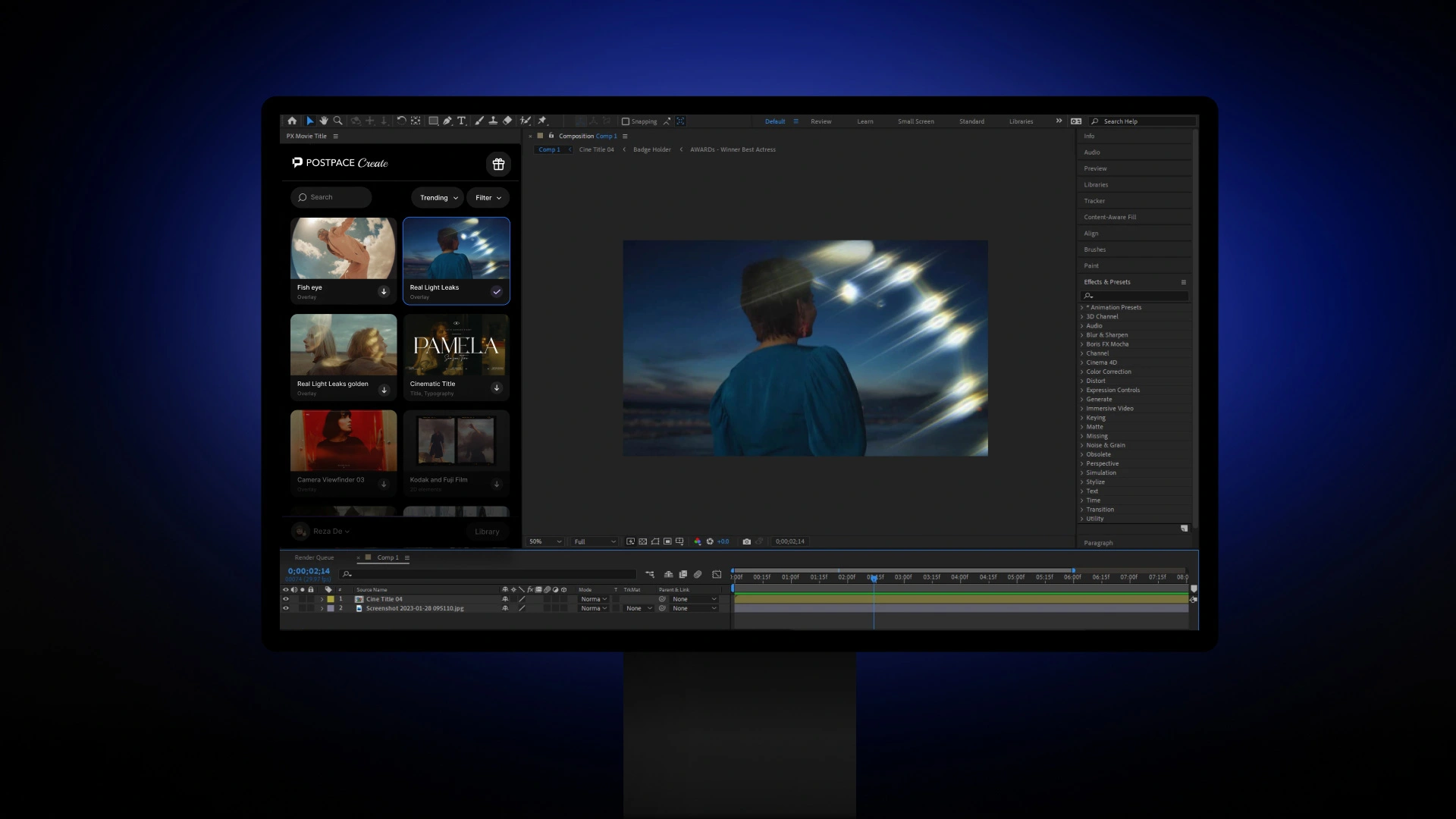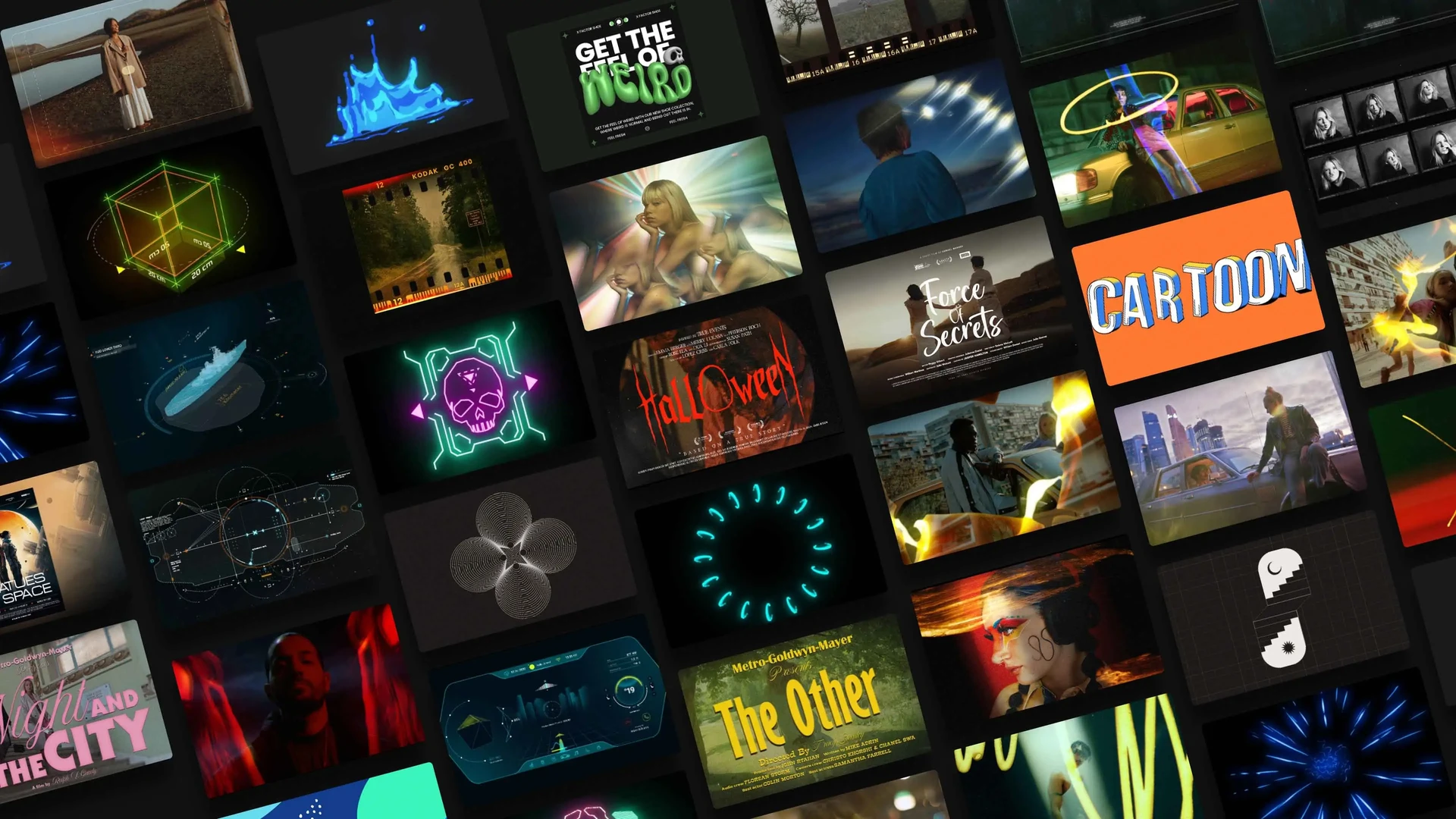Key Takeaways
- The video editing workflow is a structured process comprised of four distinct stages for delivering captivating content.
- Customizing your workflow through the use of software and hardware upgrades can improve efficiency and optimize performance.
- Navigating common challenges in video editing, such as managing large file sizes or juggling multiple projects, can be achieved with tools and project management strategies and services.
The Essence of Video Editing Workflow

Basic Video Editing Workflow
Starting a basic video editing workflow starts with importing camera raw clips into an editing software like Adobe Premiere Pro, After Effects, or Blackmagic Davinci Resolve. These files can either be RAW or LOG files like RAW, DNG, ARRI RAW, or R3D, or typical compressed video files like MP4, MOV, and AVI. Audio files can also be recorded separately in WAV and MP3 formats. This creates the foundation for your project. The process then moves on to creating a rough cut by assembling these elements together. Refining it by focusing on individual frames or transitions, applying visual effects to add interest, as well as color correction adjustments. To ensure consistency in projects, you’ll need to adapt this structure accordingly. With an appropriate editing workflow established, you can be sure that your progress is efficient and effective each time you craft a video edit or finished product.
Customizing Your Workflow
For optimization of your video editing workflow, you can try different techniques and detect useful methods that may be applied consistently. Video editing software such as Adobe Premiere Pro, DaVinci Resolve, Avid Media Composer, or Wondershare Filmora all provide a personalized experience adapted to user needs and tastes.
Upgrading the hardware could also considerably influence the outcome of the project. Some suggestions include updating CPU performance, increasing RAM capacity, and improving graphics cards. Boosting storage speed can also greatly impact your workflow, providing faster rendering, export, and playback during editing projects. All this is going to lead to improved results when dealing with video production processes in general, but especially editing workflow.
Organizing and Managing Raw Footage

Cloud storage systems such as Dropbox or Postpace enable post-production teams’ better access in terms of centralized file management and back-ups, ensuring an efficient assembling towards achieving that final product with premium quality results.
File Organization Best Practices
Good file organization is vital for a successful video editing experience. Employing standard naming protocols and file arrangements can help editors quickly find clips within their project. Naming by scene, sequence, and shot will make searching easier, while keeping the date (YYYY-MM-DD) should be adhered to regarding audio/video documents. To keep consistency between team members in how the files are organized, it’s advised that supervisors provide an outline with technical details, thus enabling more time spent on creativity rather than struggling through organizational aspects of the assignment.
Cloud Storage Solutions
Cloud storage solutions, such as Dropbox and Postpace, enable post-production teams to easily access RAW footage for their video editing workflows. For instance, Postpace allows secure transfers into cloud storage while seamlessly giving creators a unique set of tools for review, feedback, and collaboration during the creative process. Similarly, Dropbox files can be instantly stored, shared, and collaborated on in real time.
These services provide an advantageous process when it comes to managing project materials, allowing video editors to focus more on improving creative aspects rather than dealing with technical tasks related to transferring content securely or organizing assets intelligently.
Crafting the Perfect Edit: Key Stages in the Editing Process

At first, you have to shape your sequence during the rough cutting period before carrying out any meaningful alterations or visuals. In this way, it’s possible to develop an understanding as well as give form for future edits while preparing material footage filmed previously. Next is the refinement phase known as “fine cutting” which allows single frame alteration plus improved transition shots between sequences, leading up to achieving ‘picture lock’ within Final Cut, ensuring no major changes without prior notice from here on forward unless necessary cases arise. By passing through these key stages, users can attain ideal output when crafting their ultimate edited version all together, resulting in stronger compositions overall and escalating even more technical capacities derived by its Post Production possibilities already present beforehand.
Rough Cut
The production of a rough cut requires the use of your preferred NLE (non-linear editing system) to organize your footage, allowing easier access when it comes time for editing. Clips can be imported into the NLE program, from which they can then be marked, arranged, and edited in sequences using sub-clips as an aid to pre-editing pieces of film. The timeline plays a key role during this stage since its purpose is to arrange scenes and sequences so that one may observe both how far along the project has progressed as well as its tempo. Through assembling their clips effectively at this point (coupled with organizing all raw material correctly), editors are sure to find themselves off on solid footing heading down their creative journey towards completion.
Fine Cut
During the editing process, attention to detail is essential when it comes to fine-cutting. This includes emphasizing and reinforcing the existing structures of the video in order to create a more professional look overall. When performing this type of edit, one should consider how each frame impacts emotion or story as well as manipulate the footage accordingly with accurate proportions and rhythms involved.
Transitions play an integral part in linking up parts within your final edited project by creating smooth scenes throughout while still engaging viewers alike at all times, achieved via various types such as cutting between shots, fades, dissolves, or wipes.
When refining any kind of video, you will be taking into consideration specific techniques during its progress from rough cut onwards so that everything looks polished at completion, making sure they match the tone and story requirements too, which have been laid out previously if necessary!
Final Cut
The final cut stage is when your completed video comes into being. Here, you’ll tie up the edit by incorporating visual effects and audio elements, as well as color grading and correction. As soon as “picture lock” has been achieved, meaning no more adjustments will be necessary unless it’s absolutely essential, post-production work can concentrate on perfecting the visual and acoustic components of the project.
This also includes adding titles, designs, and other aspects that increase your footage’s impact while effectively displaying what needs to be relayed in the message form. By following these stages meticulously during the editing process with special attention paid to details, a slick finished product that stands out from others can now be created!
Collaborative Video Editing: Working with a Post-Production Team

Communication Tools
Project planning, video editing, and feedback in a collaborative environment are made easier with the use of effective communication tools. Postpace and Evercast are two great options that can streamline your workflow processes. Live collaboration, project management, video call and streaming, and content organization are all easily accessible via Postpace. You will get things done faster!
Evercast has great functionalities to enhance post-production, such as video chatting for instantaneous feedback during recordings or annotating both pre-recorded material and even online streams, which guarantees clear communications within the team leading to an optimal final result in the form of high-quality videos at endgame stages.
Remote Collaboration Platforms
Postpace and Dropbox Replay are two efficient remote collaboration platforms that can improve your video editing workflow. Featuring a user-friendly interface, Dropbox Replay facilitates real-time content review with ease while streamlining the entire process for increased productivity. With its specialized feature set, Postpace enables multiple reviewers to leave frame-specific comments in one central location as well as view existing annotations from other people, eliminating duplicate feedback entirely. By leveraging these powerful tools effectively, you will be able to get great results out of your video edits at a faster rate!
Streamlining the Editing Process with Advanced Techniques and Tools

Keyboard shortcuts permit executing actions in no time with minimal effort, whereas automation instruments let one finish mundane routines seamlessly, so they are free to focus on developing their project artistically. Incorporating these methods into your workflow leads not only to better-quality videos but also to an efficient approach to creating them!
Keyboard Shortcuts
When it comes to video editing, keyboard shortcuts can greatly improve efficiency and productivity. Memorizing them enables editors to quickly complete tasks without using a mouse or browsing menus. Saving time and boosting work output. To configure the desired shortcuts in Adobe Premiere Pro or Final Cut Pro, simply go into their keyboard shortcut menu and assign each keystroke according to the command needed. Utilizing this method while managing your creative project allows you to focus on other elements of the process rather than navigating around software menus with a mouse cursor.
Automation Tools
Automation tools are important for making post-production faster and more efficient. These automated workflows, AI technology, and video editing software aid the process by taking on repetitive tasks such as scene detection or brand governance. Through these automation resources, you can create shorter content pieces faster than ever before.
Adobe Premiere Pro integrates with HitFilm to provide a user-friendly NLE workflow along with an extensive array of VFX options, which include 3D video editing capabilities plus support for layer locking or masking functions too. By utilizing this cutting-edge tool suite it’s possible to speed up your edit processes whilst giving you extra time that can be spent productively on other parts of production like music composition, etc.
The implementation of automation programs into your timeline not only provides immediate results but also helps streamline future editorial activities throughout any project from start to finish. Meaning there is no need to worry about tedious steps slowing down progress again!
Navigating Common Challenges in Video Editing Workflow
Navigating an editing workflow while managing multiple projects can be tricky for video editors. Luckily, there are steps one can take to streamline the process and make it more efficient. For example, creating a schedule ahead of time as well as segmenting each project into attainable tasks with deadlines will help prioritize correctly. Using tools like Postpace or MASV ensures that large video files get transferred securely and quickly. Eliminating any challenge posed by file size limits. Employing templates and presets may also speed up the procedure significantly. Lastly, don’t forget to use project management software, which allows you to stay organized and track your progress throughout every stage of production!
Handling Large Files
When it comes to video editing, managing large files is often a challenge. This can be resolved by making use of secure and efficient file transfer solutions such as Dropbox Transfer and Postpace. Using Dropbox. Transfer will give you the capacity to collect any size file within your account without worry, while employing Postpace ensures that data security protocols are kept in place throughout the process, plus no performance concerns or costly contracts for users!
By turning these tools into part of your workflow when handling big videos with ease now means you’re free to focus on other creative aspects for your project at hand rather than being weighed down. So ultimately allowing yourself complete flexibility in producing top-notch content.
Balancing Multiple Projects
Organizing multiple video editing assignments can be a difficult challenge. Crafting an individualized workflow coupled with project management resources makes managing the workload doable. Dividing projects by deadlines, criticality, and complexity allows you to allocate time effectively.
Utilization of preset templates and settings helps make the editing procedure simpler while saving effort on repeated tasks as well. These tools will support balancing many jobs while sustaining good-quality results across all videos being edited.
Summary
To achieve optimal results when producing videos, an efficient video editing workflow is essential. Through the utilization of organized techniques and advanced tools discussed in this blog post, it’s possible to focus on creating engaging films with a polished look while streamlining your entire process at the same time. By mastering the fundamentals of organization, collaboration, and knowledge about production capabilities, you can take your post-production skillset to the next level. More than ever before, making sure that all projects reach their full potential.



